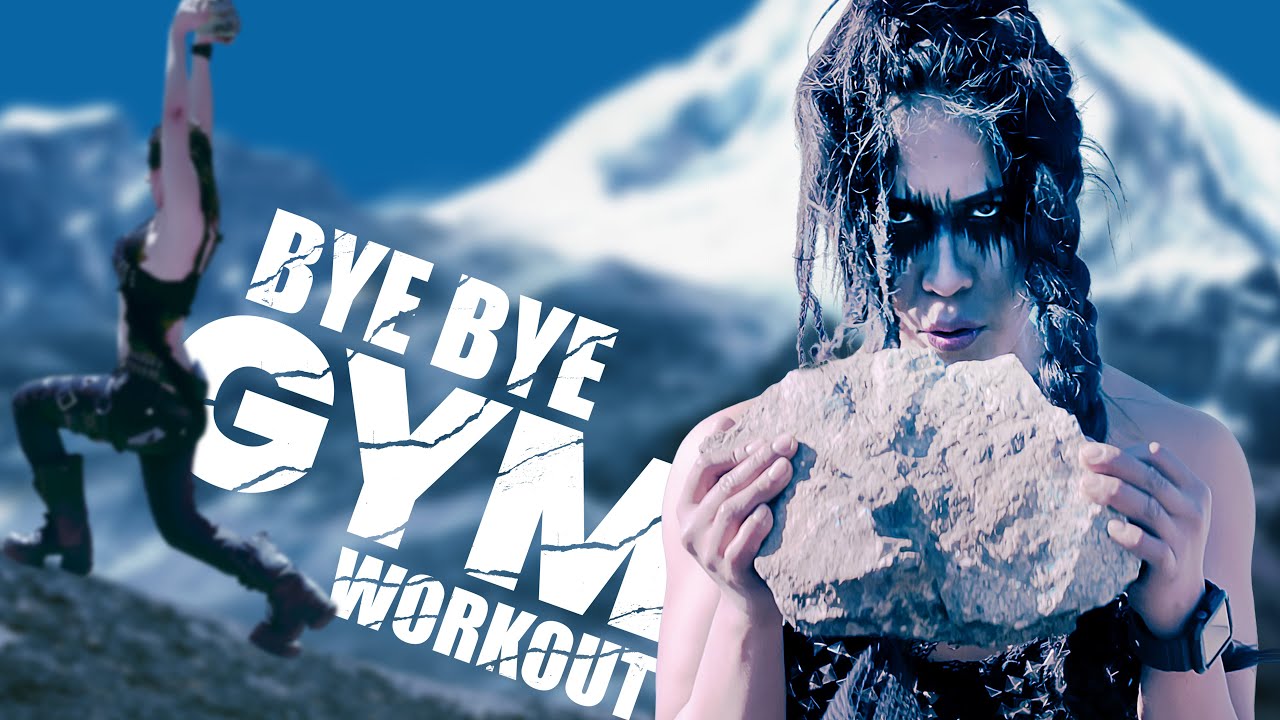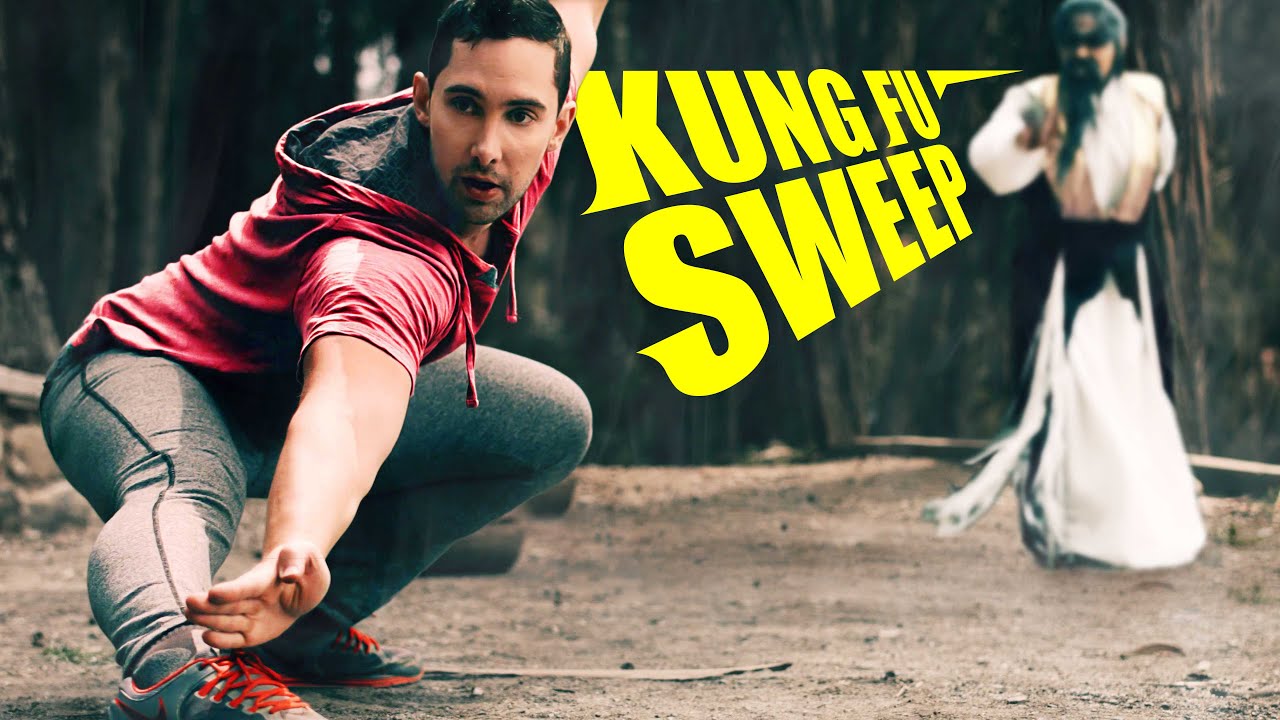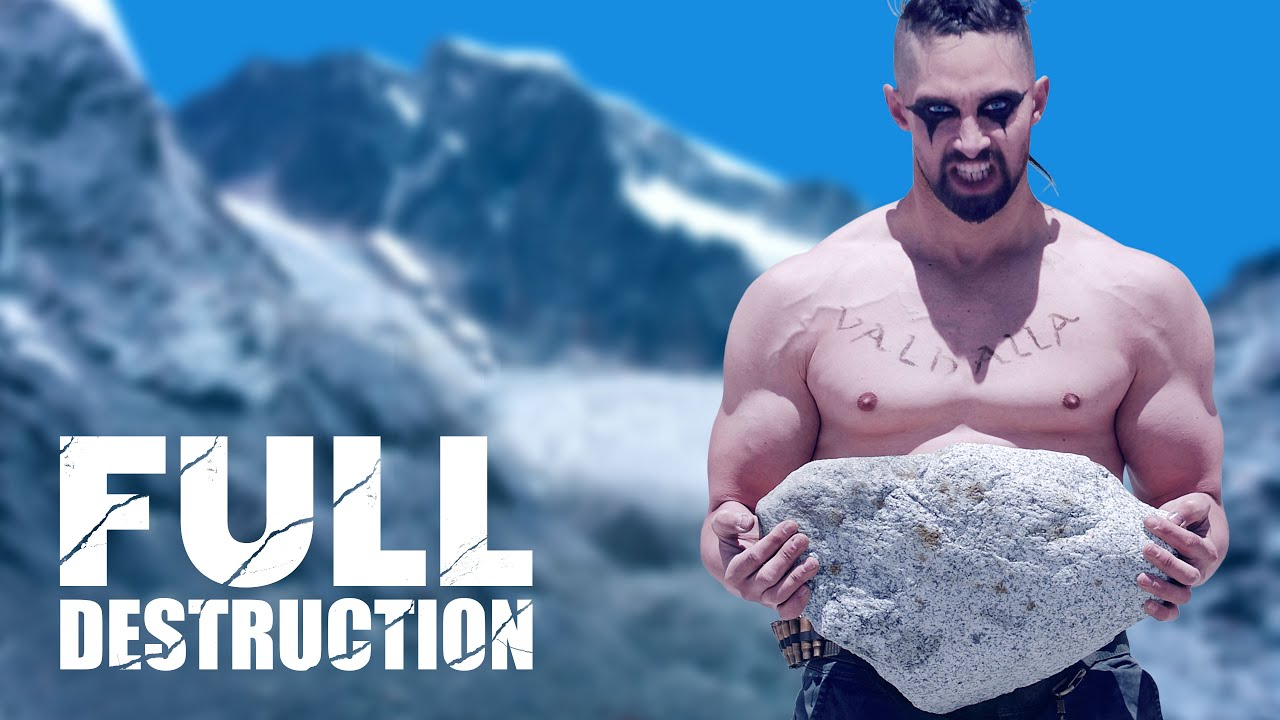Acupuncture Points and Meridians
Flash Mavi concentrates on the athletic and competitive asepects of martial arts. However, when you learn Taiji or Qi Gong you should still know a little about meridians and acupuncture points. Modern Taiji and external Qi Gong don't really require this kind of knowledge, but as it is kinda genaral knowledge in those areas, and essential for traditional Taiji and internal Qi Gong, you should defenitely have some TCM knowledge. If you seek more detailed information about Meridians and Acupuncture Points, I suggest you search on wikipedia or TCM specialized resources. Find more taiji lessons at taiji main.




